Getting Started with Data Science: A Beginner's Guide
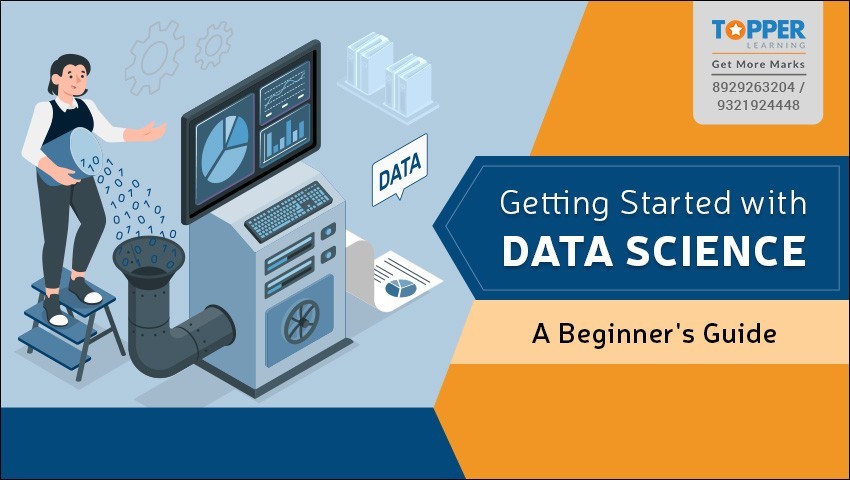
In this blog, we will learn the basics of data science, the types of data involved, and the various data sources. Steps to solve problems with data science and the most frequently used data science tools. Also, a list of careers in data science.
By Topperlearning Expert 03rd Oct, 2023 | 06:23 pm
ShareWith every day that goes by, the field of data science becomes increasingly significant. It is currently the most popular term in the IT industry, and market demand for it has constantly risen. Since businesses must turn data into insights, there is a growing demand for data scientists.
The biggest recruiters of data scientists have included businesses like Google, Amazon, Microsoft, and Apple. For IT experts, data science is a growingly in-demand industry.

Let's move further to know more about Data Science.
What is Data?

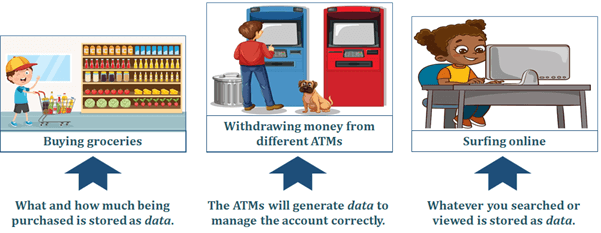
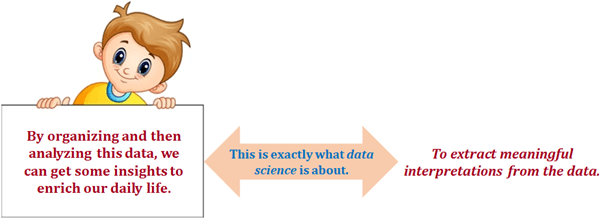
What is Data Science?
Data Science combines mathematics, statistics, machine learning, and computer science. It is the process of gathering, analysing, and interpreting data to get insights into it that can assist decision-makers in making well-informed judgements.

In short, data science combines statistics and arithmetic with programming skills and topic expertise to examine data and extract insightful conclusions from it.
Data vs Information

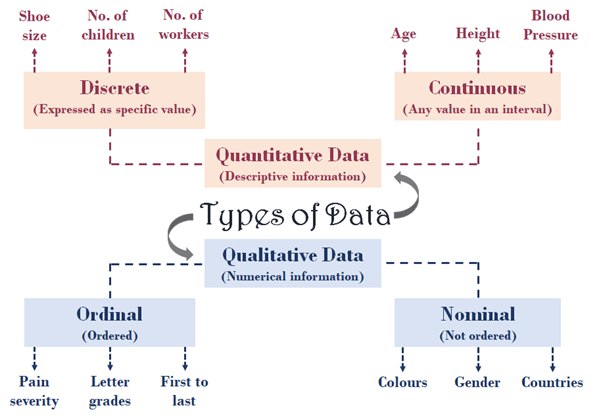
The data comes from a source, and below are the types of data sources:

One of the most crucial parts of data is the Big Data.
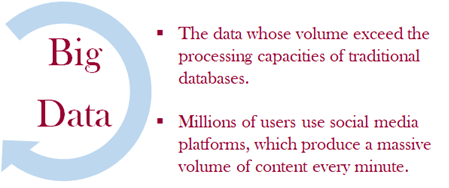
Need for Data Science
Data is necessary for all aspects of a profession, from business to the health sector, science to our daily lives, marketing to research.

Since things have become more sophisticated, the issues and worries from decades ago regarding a particular theme, ailment, or shortcoming cannot apply now.
Therefore, to stay up with the difficulties of today and tomorrow to find answers to unresolved issues, any field of science, study, or organisation needs an updated set of operational systems and technology.

Careers in Data Science
Some standard job titles for data scientists are:

The individuals with the above profiles are the future of data science.
Data Science Tools
Using various data processing techniques, data science tools delve into complex and unstructured data and process, extract, and analyse it to uncover insightful information.
Data scientists use various technologies at various data science life cycle stages to get insightful knowledge.
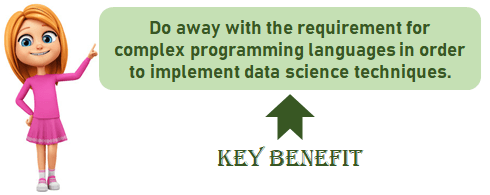
These tools come with some established algorithms, functions, and graphical user interfaces (GUIs) that are easy to use.
The five most sought-after data science tools in the year 2023 are:

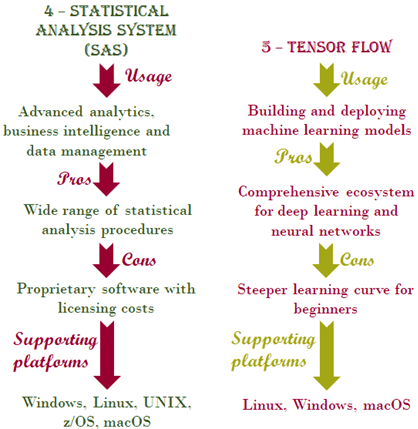
Solving Problems with Data Science
The questions that can be answered with the help of data science fall under the following categories:

Undoubtedly, this is a partial list of all the queries that data science can resolve. Even if it were, data science is developing so quickly that any new information would probably be old by a year or two after publication.
Now, it’s time to list the steps most data scientists would take when approaching a new data science problem.
Step 1: Define the problem
First, define the data problem accurately to be clear, concise, and quantifiable. Because when one fails to describe the data problem accurately, it becomes difficult for data scientists to translate them into machine code.
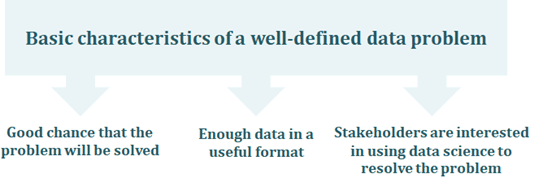
Step 2: Decide on an approach
There are a lot of data science algorithms that can be used to analyse the data and break them into the following categories:
- Two-class classification: helpful for questions with only two viable solutions.
- Multi-class classification: useful for questions with multiple possible solutions.
- Anomaly detection: identifies data points that are not normal.
- Regression: gives a real-valued answer and is useful when looking for a number instead of a class or category.
- Multi-class classification as regression: useful for questions that occur as rankings or comparisons.
- Two-class classification as regression: useful for binary classification problems that can be reformulated as regression.
- Clustering: answer questions about how data is organised by seeking to separate a data set into intuitive chunks.
- Dimensionality reduction: reduces the number of random variables under consideration by obtaining a set of principal variables.
- Reinforcement learning algorithm: focuses on taking action in an environment to maximise cumulative reward.
Step 3: Collect data
It's time to collect data with clearly defined problems and a suitable approach selected. All collected data should be organised in a log, along with collection dates and other helpful metadata.
It's important to understand that collected data is seldom ready for analysis. Most data scientists spend much of their time on data cleaning, which includes removing missing values, identifying duplicate records, and correcting incorrect values.
Step 4: Analyse data
The next step after data collection and cleanup is data analysis. At this stage, there's a certain chance that the selected data science approach won't work. This is to be expected and accounted for. Generally, it's recommended to start with trying all the basic machine learning approaches as they have fewer parameters to alter.
Many excellent open-source data science libraries can be used to analyse data. Most data science tools are written in Python, Java, or C++.
"Tempting as these cool toys are, for most applications, the smart initial choice will be to pick a much simpler model, for example, using sci-kit-learn and modelling techniques like simple logistic regression," – advises Francine Bennett, the CEO and co-founder of Mastodon C.
Step 5: Interpret results
After data analysis, it’s finally time to interpret the results. The most important thing to consider is whether the original problem has been solved. You might discover that your model is working but producing subpar results. One way to deal with this is to add more data and keep retraining the model until it is satisfied.
Applications of Data Science
Healthcare: Data science can identify and predict disease and personalise healthcare recommendations.
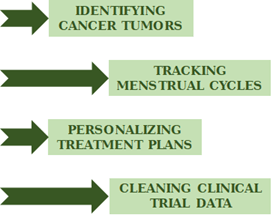
Transportation: Data science can optimise shipping routes in real-time.
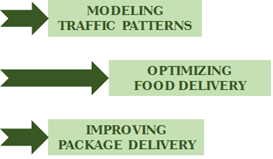
Sports: Data science can accurately evaluate athletes’ performance.

Government: Data science can prevent tax evasion and predict incarceration rates.

E-commerce: Data science can automate digital ad placement.

Gaming: Data science can improve online gaming experiences.
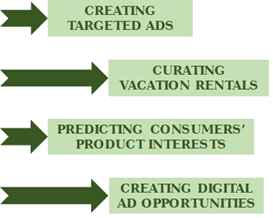
Social media: Data science can create algorithms to pinpoint compatible partners.

Fintech: Data science can help create credit reports and financial profiles, run accelerated underwriting and build predictive models based on historical payroll data.

Conclusions:
Data science is the key to any organisation that wants to grow by becoming more data-driven. Businesses can use data science information to make better decisions, streamline procedures, and stay competitive in a continuously evolving market. But it's more complicated than it seems to find candidates with this intense mix of various skills.
So, pursuing a career in data science is an excellent opportunity for the coming generation. To begin your career in data science, you must be precise with its fundamentals and complete a course from any institute or online learning website.
At Topperlearning, we want to help kids prepare for these opportunities by teaching them about Data science, A.I, and other skills according to the NEP 2020 plan with their CBSE, ICSE and Other boards curriculum. So, let’s go on this exciting adventure together and discover all the fantastic things we can do with it! Watch for more exciting blogs about A.I and other skill development topics.
FAQ's
Q 1. What is Data Science, and why is it important?
Ans: Data Science is a combination of mathematics, statistics, machine learning, and computer science. It is the process of gathering, analysing, and interpreting data to get insights into the data that can assist decision-makers in making well-informed judgements.
Data science is crucial because it gives some meaningful conclusions from data by using some methods, tools and technologies.
Q 2. What are the types of Data Science?
Ans: There are four categories of data:Nominal data, Ordinal data, Discrete data and Continuous data.
Q 3. What are the basic steps involved in a Data Science project?
Ans: The steps involved in a Data Science Project are:
Step 1: Define the problem
Step 2: Decide on an approach
Step 3: Analyse data
Step 4: Collect data
Step 5: Interpret results
Q 4. What programming languages and tools are essential for Data Science?
Ans: The following programming languages are used in data science:Python, R, SQL, Java, Julia, Scala, C/C++, JavaScript, Swift, Go, MATLAB, SASData science tools are: Apache Hadoop, Tableau, BigML, Statistical Analysis System (SAS), TensorFlow.
Q 5. What is CBSE Skill Education, and what are the books and support materials available for it?
Ans: As per NEP 2020, the Central Board of Secondary Education (CBSE) introduced skill-based education in schools. The aim is to equip students with practical skills to help them in their careers.CBSE has published a range of books and support materials for this purpose, covering various subjects such as Retail, Information Technology, Beauty and Wellness, and more. Topperlearning strives to raiseawareness about the significance of such in-demand skills and topics throughthis blog series.
More from Education
Important Resources
- Education Franchisee opportunity
- NCERT Solution
- CBSE Class 9 Mathematics
- NCERT Solutions for class 10 Science
- Sample Papers
- CBSE Class 9 Science
- NCERT Solutions for class 10 Maths
- Revision Notes
- CBSE Class 10 Hindi
- CBSE Class 10 English
- CBSE Class 10 English
- CBSE Class 10 Social Studies
- CBSE Class 10 Science
- CBSE Class 10 Mathematics
- Career In Science After 10
- Career In Commerce After 10
- Career In Humanities/Arts After 10
- NCERT Solutions for Class 10
- NCERT Solutions for Class 11
- Business Studies Class 12 CBSE project





